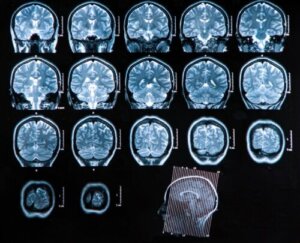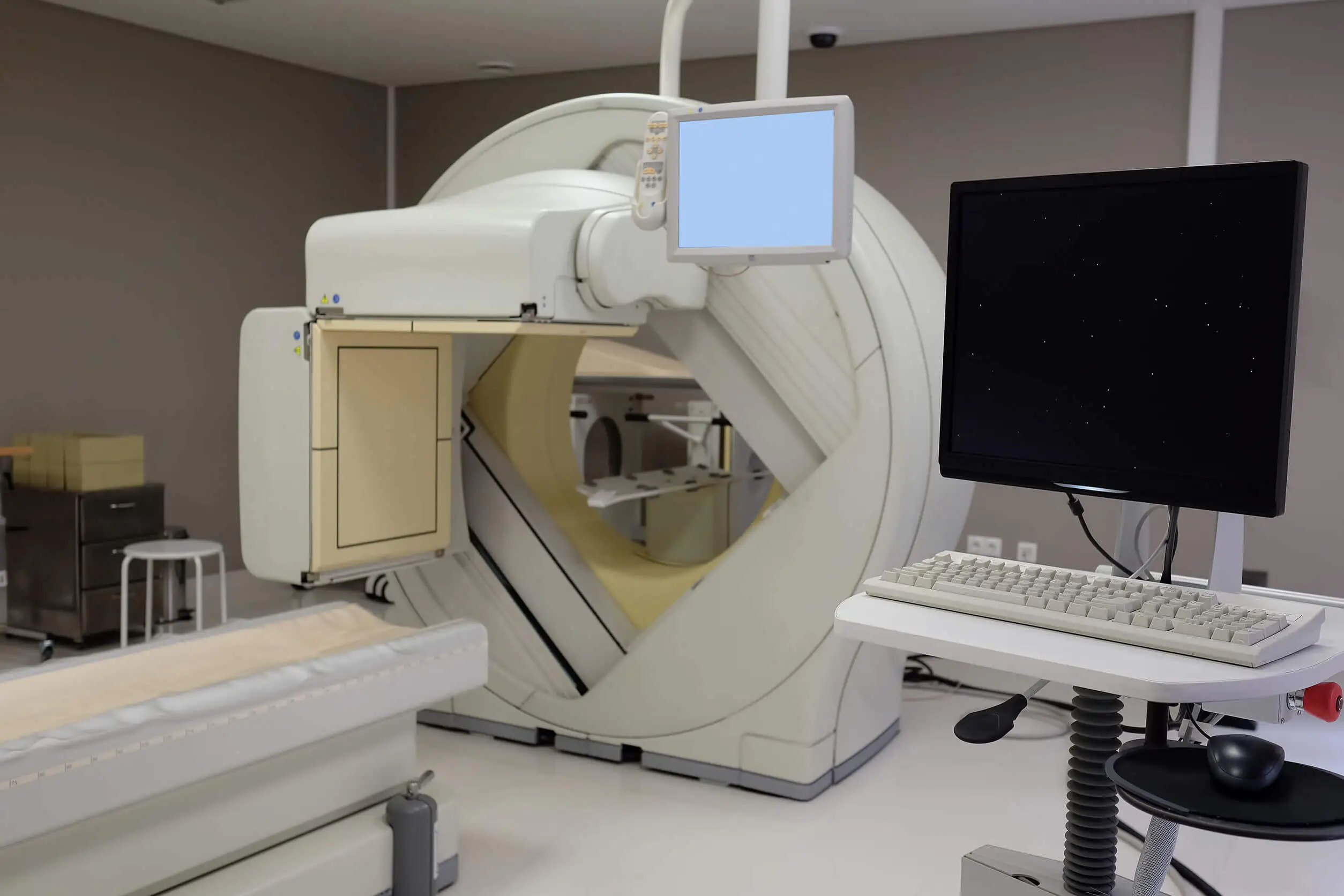Brain Abscess: Diagnosis and Treatment


Reviewed and approved by the doctor Leonardo Biolatto
An abscess in any part of the body is something that always causes concern when we’re told about it for the first time and we don’t know what to do about it. To combat that worry and fear of the unknown, we’re going to tell you what a brain abscess is all about.
General information about a brain abscess

A brain abscess is an accumulation of pus inside the brain. It forms when bacteria from an infection elsewhere in the head, from the bloodstream, or from a wound, reach the brain.
Fluid usually accumulates in the tissue around a brain abscess. As a result, the surrounding brain tissue swells and intracranial pressure increases. The larger the abscess, the greater the swelling and pressure.
If the brain abscess leaks or ruptures and pus enters the cerebrospinal fluid, which flows through the tissues covering the brain and spinal cord, meningitis occurs. This pathology can alter neurological function due to inflammation and all its consequences.
The difference between brain abscess and encephalitis lies in the fact that the lscintiatter doesn’t form a fibrous capsule. On the other hand, the epidemiology has changed in recent years in relation to the use and creation of new vaccines, including the vaccine against Haemophilus influenza type B.
Discover more: Naegleria Fowleri Infection: The Brain-Eating Amoeba
Diagnosis of a brain abscess
Different studies can be performed that will bring us closer to the diagnosis and etiology for the doctor to define the treatment to follow. Among the techniques available today are the following:
- General complementary tests: These are usually of little help and non-specific.
- Lumbar puncture: This isn’t recommended when a focal lesion with mass effect is suspected. Its results aren’t usually very specific.
- Computed tomography: This has great diagnostic usefulness, as it allows you to check any links with the medical condition, and establish treatment according to the corresponding phase. This technique is also a good study to follow up the evolution of the pathology after the implementation of the treatment.
- Magnetic resonance imaging: This is the best type of imaging study in the diagnosis of brain abscess. It’s much more sensitive than computed tomography and offers many advantages in the detection of early cerebritis, and edema and better differentiation between areas of inflammation and other affected structures.
- Scintigraphy: This is a test that radioactively marks some cells. These cells accumulate in the focus of inflammation, thus differentiating brain abscess from other causes of brain mass.
- Single photon emission tomography: This is a study that has shown efficacy in AIDS patients for differentiation between primary cerebral lymphoma and infectious brain lesions.
- Biopsy.
Read also: The Differences Between a CT Scan and an MRI

What treatment is used?
Treatment includes neurosurgical procedures aimed at draining the abscess, in addition to the use of drugs to reduce inflammation and the size of the lesion. Antibiotics and corticosteroids are some of the examples.
Antibiotics
A triple scheme has been described to deal with the main agents involved, using vancomycin, ceftriaxone, and metronidazole. Third-generation cephalosporins and metronidazole have an adequate antimicrobial spectrum and penetration to the central nervous system, so they’re useful for most infections associated with this pathology.
Corticosteroids
The use of these drugs to treat this pathology is controversial, as there are no randomized studies supporting their efficacy in this setting. Glucocorticoids are administered when there’s vasogenic edema around the abscess, a mass effect, and increased pressure.
This suggests that they could be used only in the acute phase of the disease for the management of endocranial hypertension. However, the use of these drugs may also be useful for the control of postoperative edema at the discretion of the neurosurgeon.
A complex pathology that requires medical attention
Because of the potential complications that may arise, patients with symptoms compatible with a brain abscess should go as soon as possible to an emergency department for specialized evaluation. The earlier treatment is initiated, the better the chances of success.
All cited sources were thoroughly reviewed by our team to ensure their quality, reliability, currency, and validity. The bibliography of this article was considered reliable and of academic or scientific accuracy.
- Antonio, M. D. D. G., Elizabeth, A. Y., & Alberto, M. A. (2010). Absceso cerebral. Revista Mexicana de Neurociencia.
- Chacón Mercado, M. (2002). Abscesos cerebrales. Médica Sur.
- Molina de Dios, G., Armijo Yescas, E., & Mimenza Alvarado, A. (2010). Absceso cerebral. Revista Mexicana de Neurociencia. https://doi.org/10.1157/13042996
This text is provided for informational purposes only and does not replace consultation with a professional. If in doubt, consult your specialist.








